The Knanaya, also known as the Southists or Tekkumbhagar, are an endogamous group in the Saint Thomas Christian community of Kerala, India. They are differentiated from another part of the community, known in this context as the Northists. Today there are about 300,000 Knanaya in India and elsewhere.
Contents
- Names
- Origins and traditions
- Early mentions
- Modern era
- Religious traditions
- Culture
- Traditional songs
- References

The origins of the division of the Saint Thomas Christians into Northist and Southist groups are unclear. Various traditions trace it back to the arrival of the Syrian merchant Thomas of Cana in the 4th or 8th century. Another legend traces their origin to Jews in the Middle East. The rift in the community was noted through the period of European colonization.
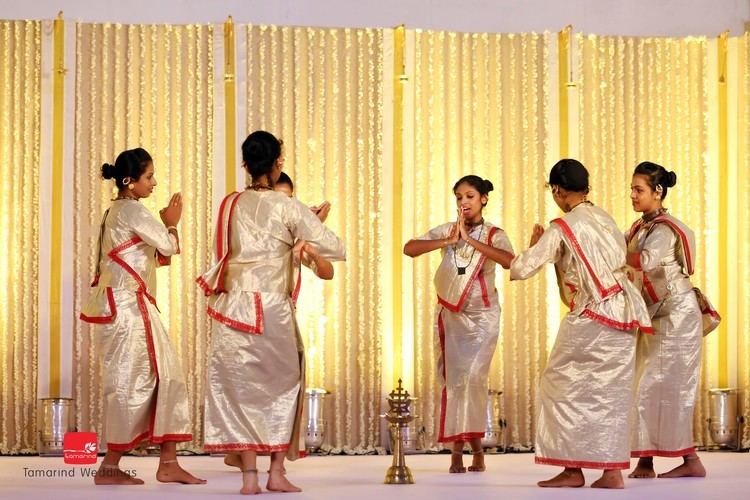
Today the majority of Knanaya are members of the Syro-Malabar Catholic Church and the Malankara Churches. They became increasingly prominent in Kerala in the late 19th century. Many Knanaya migrated away during the 20th and 21st centuries, largely westward, forming communities in non-Malayalam speaking areas, with a large expatriate community currently living in Chicago.
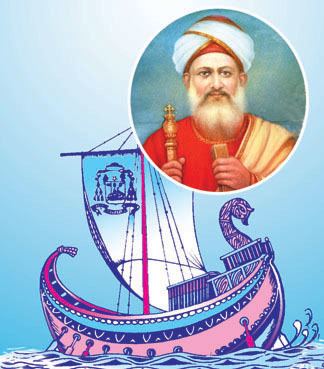
Names
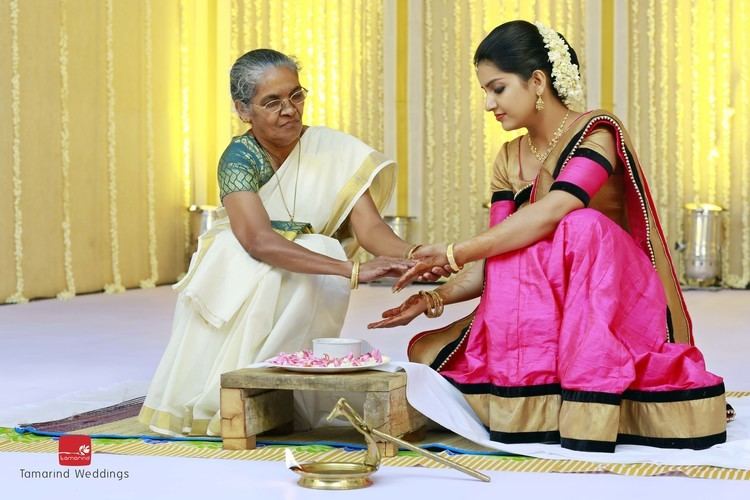
The term Knanaya is derived from the name Thomas of Cana, an important figure in Saint Thomas Christian tradition. The ultimate derivation of Thomas' epithet Cana is not clear: it may refer to the town of Cana, which is mentioned in the Bible, or it may instead refer to the land of Canaan. Alternately, it may be a corruption of a Syriac term for merchant (Knāyil in Malayalam). However, scholar Richard M. Swiderski states that none of these etymologies are convincing. The Knanaya are also known as Tekkumbhagar in Malayalam; this is generally translated into English as "Southist", or sometimes "Southerner" or "Suddhist". This is in reference to the historically significant geographical division between them and other Saint Thomas Christians, who are known as Vadakumbhagar or Northists in this context.
Origins and traditions
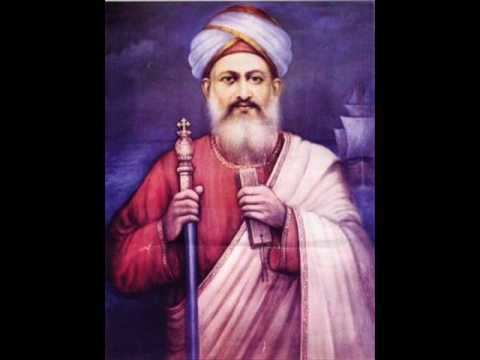
It is not clear how the division of the Saint Thomas Christians into Southern and Northern groups originated. The earliest written evidence for the split dates to the 16th century. Directional divisions within communities are common in Kerala. A similar north-south division is found among the Nairs, and it historically appears to have been in place in the early Brahmin settlements in the area. The Saint Thomas Christians may have taken this trait from the Brahmins.
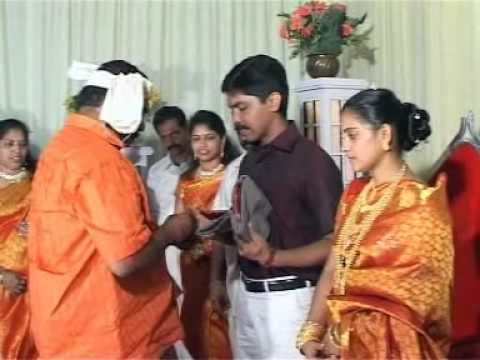
A number of traditions and stories have emerged to explain the division, and both Southist and Northist groups use variants of these traditions to claim superiority for their group. The earlier version traces the divide to the figure of Thomas of Cana, a Syrian merchant who led a group of 72 immigrant families from the Middle East to settle in India in the 4th century (some sources place these events in the 8th century). This story may reflect a historical migration of East Syrian Christians to India around this time, which established the region's relationship with the Church of the East. In the Knanaya versions of this story, the Knanaya are the descendants of Thomas of Cana and his followers, while the Northists are the descendents of the local Christian body which was converted by Thomas the Apostle centuries earlier. In many variants, Thomas of Cana had two wives or partners, one of them being the ancestor of the endogamous Southists, and the other one being the ancestor of the Northists. In some of these variants, the Southists' ancestress was Thomas' Syrian wife, while the Northists' ancestress was an indigenous Nair woman who became his second wife or concubine, implying that the Southists are Thomas' true heirs. In other variants, both wives were Kerala natives, while the Southists' forebearer was from a higher caste. More recent versions of this story downplay the importance of either wife's status, focusing instead on their descendants' marriage practices: the Northists intermarried with the natives, while the Knanaya maintained their strict endogamy, maintaining a "pure" lineage.
Northists also maintain versions of the Thomas of Cana story that counter the Knanayas' assertions. In the Northist versions, both Northists and Southists are descended from marriages between Thomas' party and indigenous Christians, but the Knanaya are descended from Syrian servants who married "low caste" Keralans; the Knanayas' endogamy and "purity" are thus borne out of their exclusion by the higher class Northists. These variants frequently trace Knanaya descent back to a dobi (washerwoman); in some versions of this story, she became Thomas' concubine, in other versions she married a lower-caste Maaran boy.
Another story regarding the origin of the division became popular during the 20th century. In 1939, Knanaya politician and author Joseph Chazhikaden published a book on the community, Tekkumbhagasamudayam Charitram, in which he argued that the Knanaya were the descendants of ancient Jews. According to Chazhikaden, they originated in Judea, and later converted to Christianity, though they maintained their distinct culture and identity. Eventually they were forced out of their homeland and moved to Cranganore, where they were welcomed by the ruler Cheraman Perumal and lived near, but maintained their separateness from, the indigenous "Northist" Saint Thomas Christians. Many Knanaya individuals and organizations accept the account as factual. However, Swiderski believes that the legend was "conceived and promulgated" by Chazhikaden himself. As with other Knanaya origin traditions, Northists dispute and condemn this story.
Early mentions
The first known written evidence for a division in the Saint Thomas Christian community dates to the 16th century, when Portuguese colonial officials took notice of it. A 1518 letter by a Jesuit missionary mentions a conflict between the children of Thomas of Cana, hinting at a rift in the community in contemporary times. In 1579 another Jesuit missionary named Monserrate wrote on the tradition of Thomas of Cana's two wives for the first time; he describes the division of the community, but gives no details about either side. A 1603 letter by Portuguese official J. M. Campori further discusses the division, which had by that point become intermittently violent; Campori likewise traces its origin back to the story of Thomas' two wives. None of these sources explicitly names the two sides as Northists and Southists.
Various later sources mention the Southists and their mutual enmity with the Northists. Following the Coonan Cross Oath of 1653, both the Southists and Northists were split internally into Catholic and Malankara Church factions; this rift overshadowed the north-south divide for a period of time. European observers tended to label the Northists and Southists as "castes" and they regarded this as an example of the prevalence of divisions in Indian society in general. Later, both Saint Thomas Christians and Europeans tried to assuage the animosity and downplay the division.
Modern era
In the late 19th century social changes in British India led to increased wealth and social power for the Saint Thomas Christians. This social change tended to advance internal divisions within the community, including the Southist-Northist division. Through this period the Knanaya promoted their own uniqueness and independent identity to push for further opportunities for their community. They sought the establishment of Knanaya-centred parishes for both the Malankara and Catholic churches, which were founded in 1910 and 1911, respectively.
Like other Saint Thomas Christians, many Knanaya have migrated away from Kerala and India since the 20th century. The largest Knanaya diaspora community is located in Chicago. The community originated in the 1950s when a small number of Knanaya and other Kerala natives emigrated to the area as university students; they were followed by more substantial immigration after 1965. The immigrants met up periodically for social events, and in the 1970s the organizations for Catholics, members of other Christian churches, and Hindus were formed. In the 1980s the various Indian Catholic particular churches sent chaplains to Chicago; in 1983 the Bishop of Kottayam sent a chaplain to minister specifically to the Knanaya Catholics. Unlike other Indian Christians in Chicago, the Knanaya have maintained their strict tradition of endogamy through arranged marriages.
Religious traditions
Traditionally the Knanaya have followed the religious traditions and practices of the wider Saint Thomas Christian community. In the 17th century, when the Saint Thomas Christians were split into Catholic and Malankara Church factions following the Coonan Cross Oath, both the Knanaya and the Northist groups were internally divided. The Malankara faction became affiliated with the Syriac Orthodox Church, an Oriental Orthodox church based in Syria, while the Catholic faction is now known as the Syro-Malabar Catholic Church. Beginning in the late 19th century, both the Malankara and the Catholic Knanaya lobbied for their own dioceses within their respective denominations. In 1910, the Syriac Orthodox Church established a distinct Knanaya-oriented diocese in Chingavanam which reports directly to the Patriarch of Antioch. The following year, the Catholic Church established a Knanaya Catholic eparchy (diocese) in Kottayam, known as the Syro-Malabar Catholic Archeparchy of Kottayam.
Culture
Like other Saint Thomas Christians, Southist culture is largely derived from Syriac Christian culture mixed with local Indian customs, with later elements derived from Indian and European contacts.
Traditional songs
The Knanaya Community has maintained numerous archaic songs which are sung on several different occasions. These songs and ballads speak of many subjects such as the arrival of the merchant Knai Thoma to India, and these traditions are commemorated during wedding ceremonies, retellings of biblical events from the Old Testament, and the erection of ancient churches.
Biblical songs are composed with the intention of teaching and transmitting Bible stories. Knanaya Bible songs show the age-old mixing of Hindu and Christian cultures. An example of this can be seen in the Knanaya song "Maranarul" or "By the Lord's Command", a rendition of the creation of Adam in the biblical story of Adam and Eve.
Maranarul (English)
(Malayalam)
